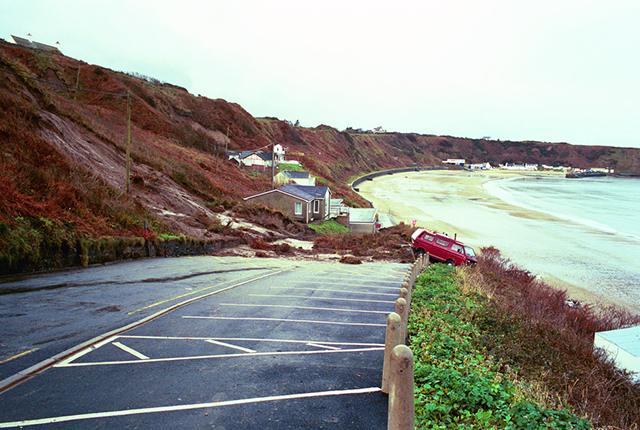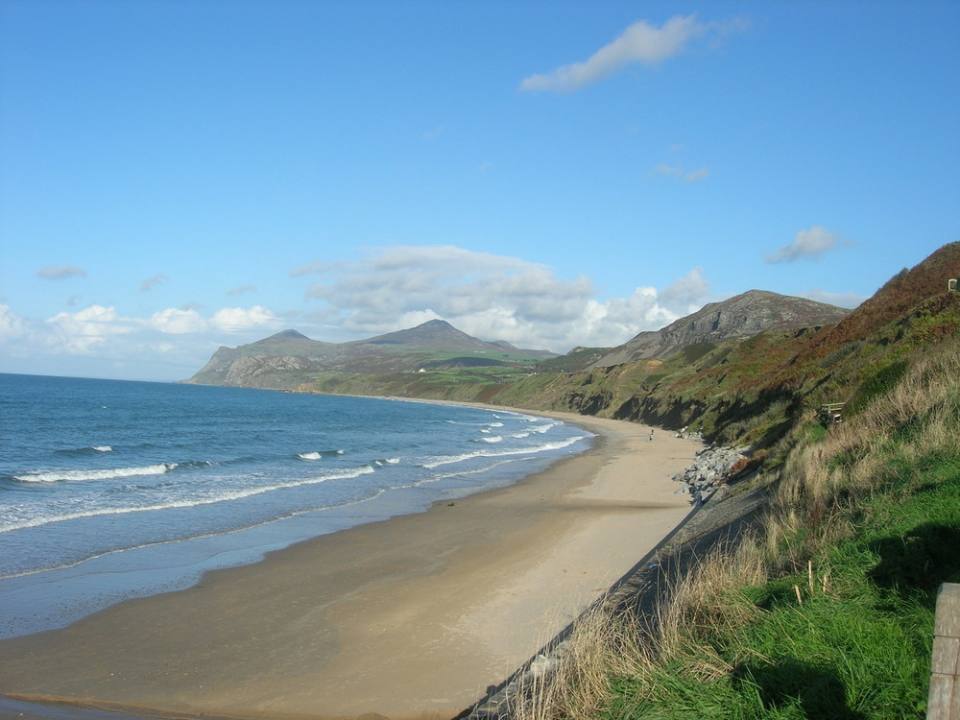On 2 January 2001, a fatal landslide occurred in the coastal village of Nefyn on the Lleyn Peninsula, North Wales. A series of slides swept two cars over the cliff and onto the beach below. Tragically, one of the occupants was killed and another seriously injured in the incident.
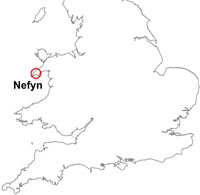
Nefyn Bay, North Wales, location map. BGS © UKRI.
Nefyn Bay is between Penrhyn Nefyn and Penrhyn Bodeilas and has been subject to minor landsliding activity for many years. The landslides of January 2001 occurred after a period of heavy rain along a stretch of coast that comprises weak superficial deposits. The amount of water and weak nature of the deposits contributed to the instability.
The Nefyn landslide is BGS National Landslide Database ID 2749/1 and 2749/2.
Geology
The Lleyn Peninsula has high ground formed from igneous, granite-type rocks and low ground formed by superficial deposits. For more detailed information on the bedrock geology of the Lleyn Peninsula, see our report Ordovician of Snowdonia and the Lleyn Peninsula.
In Nefyn Bay, the superficial geology comprises two different till units, clays and silts and glacio-fluvial outwash deposits of sand and gravels. The glacio-fluvial deposits were probably deposited at the margin of a retreating ice front, at the end of the Devensian glaciation.
Landslides in Nefyn Bay
There are a variety of landslide types within Nefyn Bay, including rotational failures, flows, falls and debris slides. The slopes are covered in weathered debris and this is particularly susceptible to shallow landsliding, especially when saturated by water.
Record rainfall
The period between August 2000 and February 2001 was one of the wettest recorded periods for this region, with one-and-a-half times the long term average of rainfall. Groundwater levels would have been affected by this prolonged rainfall and could have been a factor that contributed to this fatal landslide event.
Seepage erosion
Failures in the bay have also been initiated through seepage erosion, caused by the juxtaposition of sands over a less permeable, silty clay layer. Water seeps through and erodes the geology causing the material to collapse, leaving a depression at the surface. This depression becomes filled with debris, which is then able to move as a landslide given the right climatic conditions.
The landslides of January 2001 were probably translational in nature but degraded to a mudslide due to the steep slope and composition of the landslide material. As the landslide progressed, it also flowed down the slope.
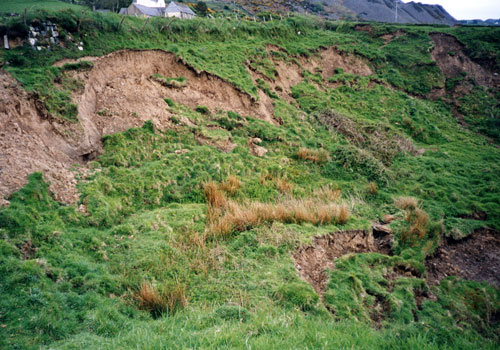
Shallow failures in the cliff top of Nefyn Bay. BGS © UKRI.
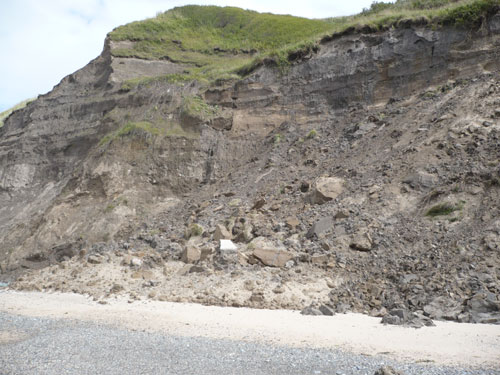
Failure of material from the cliff in Nefyn Bay. BGS © UKRI.
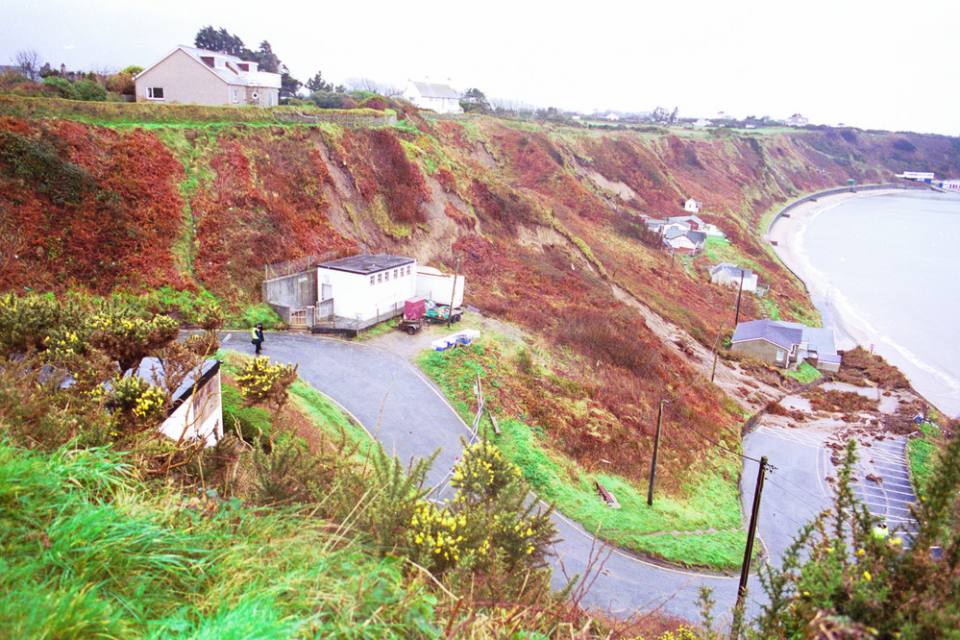
Scene of the fatal Nefyn Bay landslide of January 2001. BGS © UKRI.
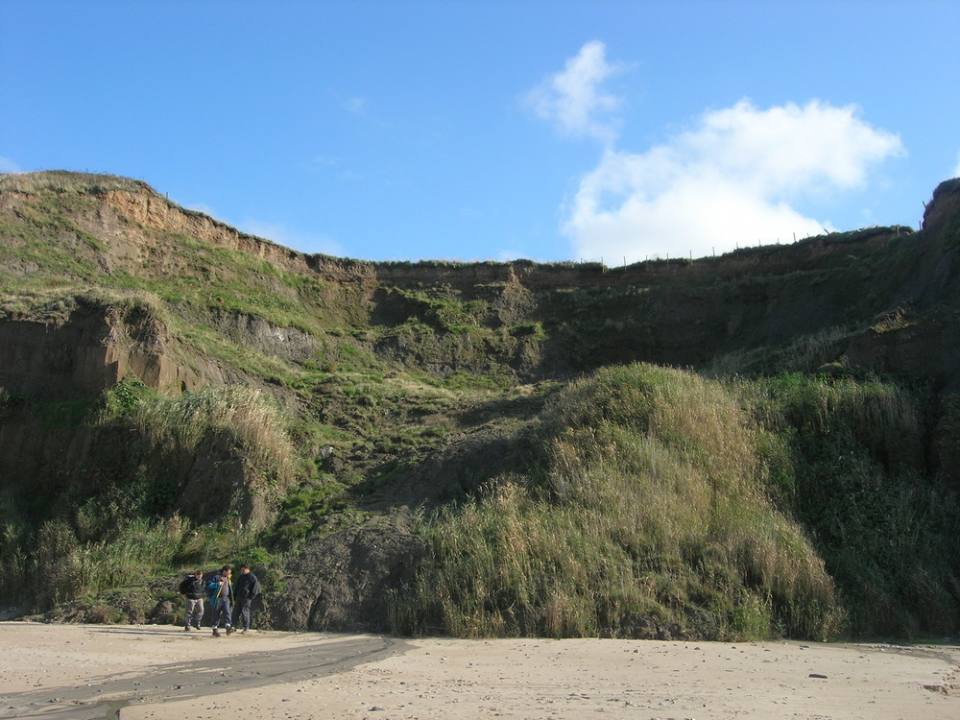
Kettle Hole with the remains of a mudflow — an example of landslides in Nefyn Bay. BGS © UKRI.
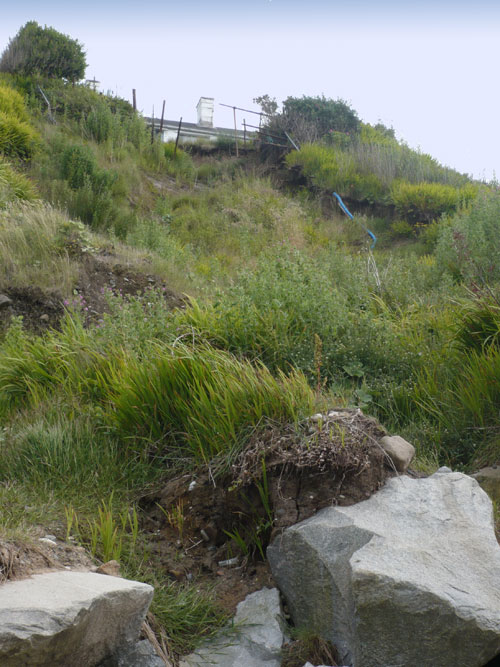
Depression caused by seepage below buildings in Nefyn Bay. BGS © UKRI.
References
Gibson, A D, Humpage, A J, Culshaw, M G, Forster, A, and Waters, R A. 2002. The geology and landslides of Nefyn Bay, Gwynedd. In Landslides and landslides management in North Wales, Nichol, D, Bassett, M G, and Deisler, V K. Geological Series No. 22. National Museums and Galleries of Wales.
Jenkins, G O, Gibson, A D, and Humpage, A J. 2007 Climate change and evolution of landslide hazard at Nefyn Bay, North Wales. 113–119 in Landslides and Climate Change: Challenges and Solutions. McInnes, R, Jakeways, J, Fairbank, H, and Mathie, E (editors). Proceedings of the International Conference on Landslides and Climate Change, Ventnor, Isle of Wight, UK, 21–24 May 2007. (London, UK: CRC Press.)
Statham, I. 2002. Failure on the coastal slope above Lon Gâm, Nefyn, Llyn Peninsula: mechanism and remedial measures. In Landslides and landslides management in North Wales, Nichol, D, Bassett, M G, and Deisler, V K. Geological Series No 22. National Museums and Galleries of Wales.
You may also be interested in
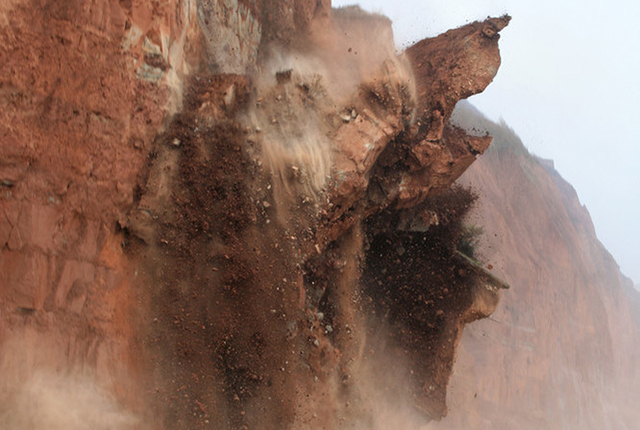
Landslide case studies
The landslides team at the BGS has studied numerous landslides. This work informs our geological maps, memoirs and sheet explanations and provides data for our National Landslide Database, which underpins much of our research.
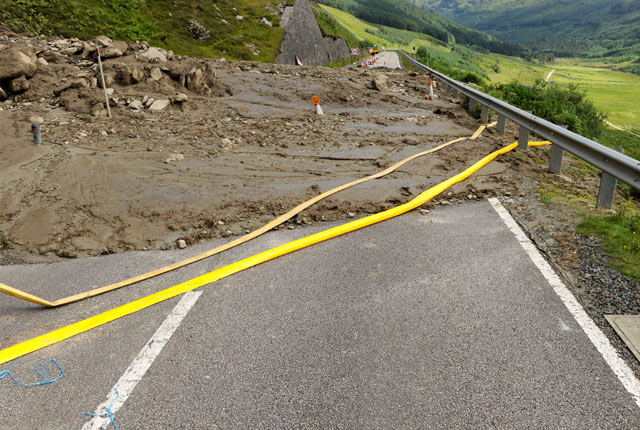
Understanding landslides
What is a landslide? Why do landslides happen? How to classify a landslide. Landslides in the UK and around the world.
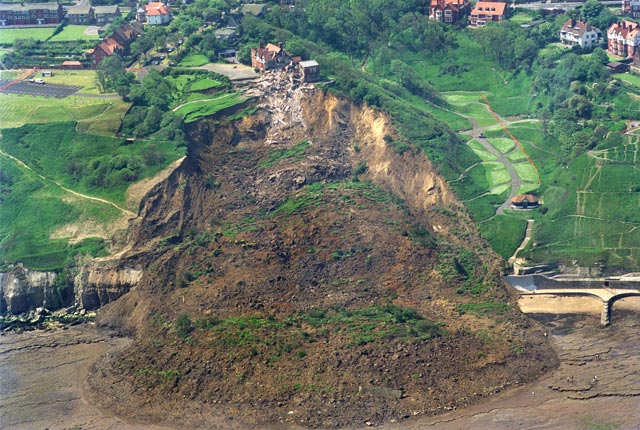
How to classify a landslide
Landslides are classified by their type of movement. The four main types of movement are falls, topples, slides and flows.
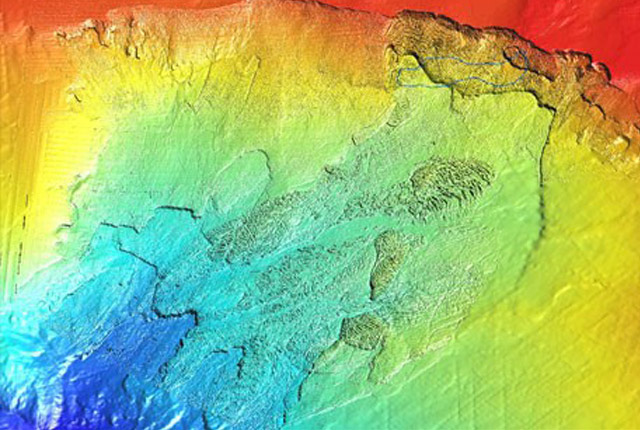
Landslides in the UK and around the world
Landslides in the UK, around the world and under the sea.



